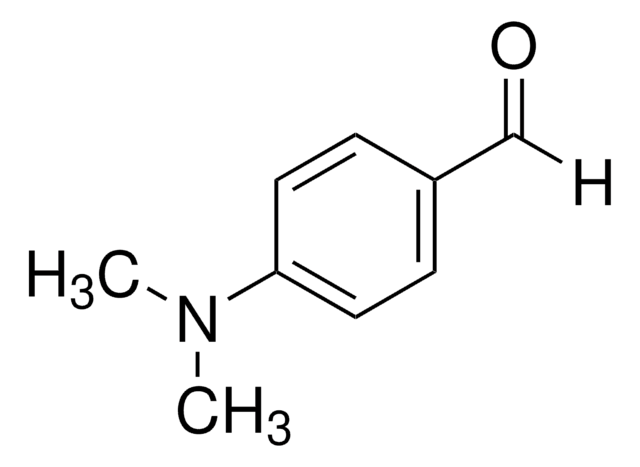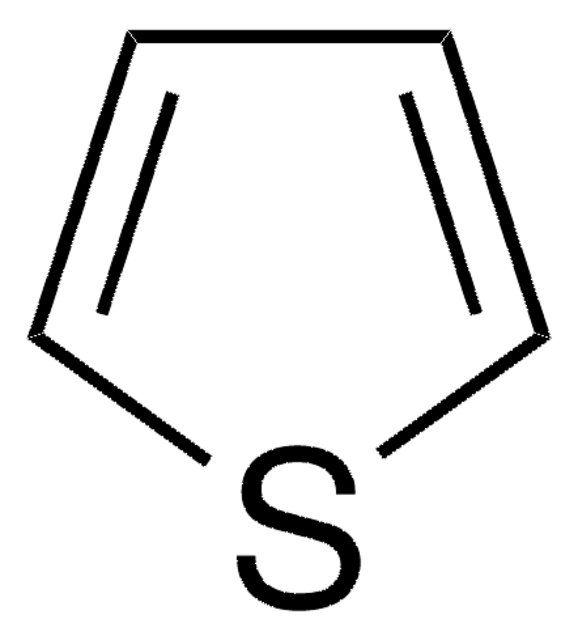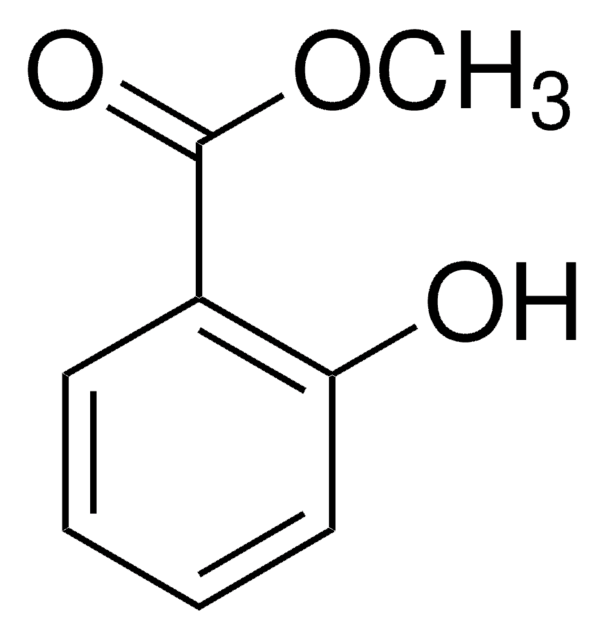07689
O′Meara′s Reagent
suitable for microbiology
Sinónimos:
Voges-Proskauer test with O’Meara Reagent
About This Item
Productos recomendados
product line
BioChemika
Quality Level
shelf life
limited shelf life, expiry date on the label
composition
creatine, 0.3 g
dist. water, 100 mL
potassium hydroxide, 40 g
packaging
pkg of 100 mL
storage condition
(Tightly closed. Dry.)
technique(s)
microbe id | metabolite detection: suitable
application(s)
environmental
food and beverages
microbiology
suitability
Enterobacter spp.
Klebsiella spp.
Neisseria spp.
Pseudomonas spp.
General description
Application
Analysis Note
signalword
Danger
hcodes
Hazard Classifications
Acute Tox. 4 Oral - Eye Dam. 1 - Met. Corr. 1 - Skin Corr. 1A
Storage Class
8B - Non-combustible corrosive hazardous materials
wgk_germany
WGK 2
flash_point_f
Not applicable
flash_point_c
Not applicable
ppe
Faceshields, Gloves, Goggles, type ABEK (EN14387) respirator filter
Elija entre una de las versiones más recientes:
¿Ya tiene este producto?
Encuentre la documentación para los productos que ha comprado recientemente en la Biblioteca de documentos.
Artículos
For microbiologists the most fundamental stain was developed in 1884 by the Danish bacteriologist Hans Christian Gram.
Sigma-Aldrich.com presents an article concerning Differentiation of Escherichia coli from coliforms.
Nuestro equipo de científicos tiene experiencia en todas las áreas de investigación: Ciencias de la vida, Ciencia de los materiales, Síntesis química, Cromatografía, Analítica y muchas otras.
Póngase en contacto con el Servicio técnico








